Do you feel as if you are in a constant state of stress? Well, you may be. Stressors can be found all around us, especially now. Did you know that many people who experience stress do not complete their stress cycles? According to Psych Central, stress isn’t a one-time event with a single cause and reaction; it is a cycle with many phases. We complete a stress cycle when our bodies learn that we are safe after facing danger.
Drs. Emily & Amelia Nagoski emphasize the importance of completing the stress cycle in their book, Burnout: The Secret to Solving the Stress Cycle. According to Burnout, when we do not confront our stress, we continue the stress cycle and our bodies are in constant activation with increased blood pressure, increased chance of heart disease, and issues with digestion. Thus, completing the stress cycle is imperative for our health.
According to an article on Psych Central, there are five main stages of the stress cycle. These stages are, in order, the external stressor, internal appraisal, physiological response, internalization, and coping.
Stage One: The external stressor, or simply, the triggering event, is the only aspect of stress that your mind and body do not play a direct role in.
Stage Two: Internal appraisal happens just before, during, or after the actual trigger occurs. At this stage, your senses are taking in information that something has gone awry, sending a signal to your amygdala (the part of your brain that is responsible for processing emotions such as fear and rage). Once the amygdala is activated, a signal is sent to the hypothalamus and the pituitary gland, which are responsible for maintaining homeostasis (balance in the body).
Stage Three: Physiological responses occur once the amygdala is activated. Once the hypothalamus and the pituitary glands are signaled by the amygdala, the sympathetic nervous system becomes activated, thus launching your body into the fight or flight response. This response stimulates the cardiovascular system while accelerating your heart rate. At the same time, your parasympathetic nervous system is suppressed, causing your immune and digestive systems to shut down.
Stage Four: Internalization is when you begin to become aware of the stress. In this stage, you could experience physical reactions such as increased heart rate, upset stomach, or body aches which become more noticeable than in stage four. These physical reactions may cause you to worry about how well you are handling the stress, thus causing you to feel worry, anxiety, and dread.
Stage Five: The final stage of the cycle is coping, a.k.a., doing something that alleviates the discomfort. While some coping mechanisms decrease stress, others can increase it. This is called maladaptive coping. When people engage in maladaptive coping, their strategies may work in the short-term but not in the long term. Some of these mechanisms include consuming psychoactive drugs, alcohol, constantly checking your phone, mindless media, and throwing yourself into work. These coping mechanisms actually further activate the physiological stress responses in your body, causing you to stay in a hyper-aroused state, thus leading to more stress.
In an interview on Brene Brown’s podcast, Unlocking Us, the Nagoski sisters spoke about the burnout phenomenon in relation to stress cycles. They emphasize how emotions and stress can impact your entire nervous system. In order to create balance in your nervous system, you have to complete the stress cycle. Emily Nagoski debunks the idea that if we fix the issue that caused the stress, we have dealt with the stress itself. In reality, when we do this, we stay in a chronically elevated state of stress.
In order to complete the stress cycle, we must reduce the stress we are experiencing. There is no one surefire way to reduce stress, but the Nagoski sisters do offer some helpful suggestions. Moving, breathing, laughing, speaking with your loved ones, crying, or doing something creative can have a profound impact on reducing stress.
Let’s Break These Down
Moving can include any physical activity such as running, yoga, stretching, walking, or biking. According to the Nagoski sisters, any activity that moves the body is helpful.
Breathing regulates your nervous system by increasing the amount of oxygen in your bloodstream. In fact, a study published in the Breathe, a journal published by the European Respiratory society, there appears to be potential for controlled slow breathing methods to optimize physiological health. The Nagoskis recommend taking a slow breath in and a slow, long breath out when you are feeling stressed. This is called paced breathing, and apps such as Insight Timer, Calm, and Headspace can help you practice this method. Breathing will engage the parasympathetic nervous system, therefore regulating the central nervous system. You may notice that you are unable to stay focused on one thought when you are breathing in this way, and that is normal. In fact, that’s the point. If your thoughts are more steady, that is okay too.
Any positive social interaction can help reduce stress. When you have a positive social interaction, your body feels as if it is at home. This interaction could be super brief such as saying hello to a cashier, or complimenting a neighbor or passerby, or talking to your best friend.
According to Nagoski and Nagoski (2019), laughter will help alleviate stress, but only if it is authentic. In their podcast interview, Dr. Amelia Nagoski shared, “it has to be the slightly embarrassing, mouth hanging open, belly jiggling, uncontrolled, ridiculous laughter that really takes over your body, you can’t stop laughing. That laughter will take you all the way through the end of a stress cycle.”
The next suggestion is to engage in affection. This can include speaking to a loved one or hugging (safely). According to an article in the Harvard Health newsletter, hugging for 20 seconds can increase your oxytocin levels. Higher oxytocin levels have been correlated with lower blood pressure and heart rates. Therefore, there is a possible link between hugging and lower blood pressure.
Crying will not solve the problem, but it can help allow physical tension to leave your body.
Creative expression can mean whatever you want it to mean, including painting, knitting, sketching, writing, singing, baking, or anything else that is an act of creation.
While none of these stress-reduction methods are the end-all-be-all, they can help you to complete the stress cycle. The most important thing is that you make it through the stress cycle, to protect your physical and mental health.


































